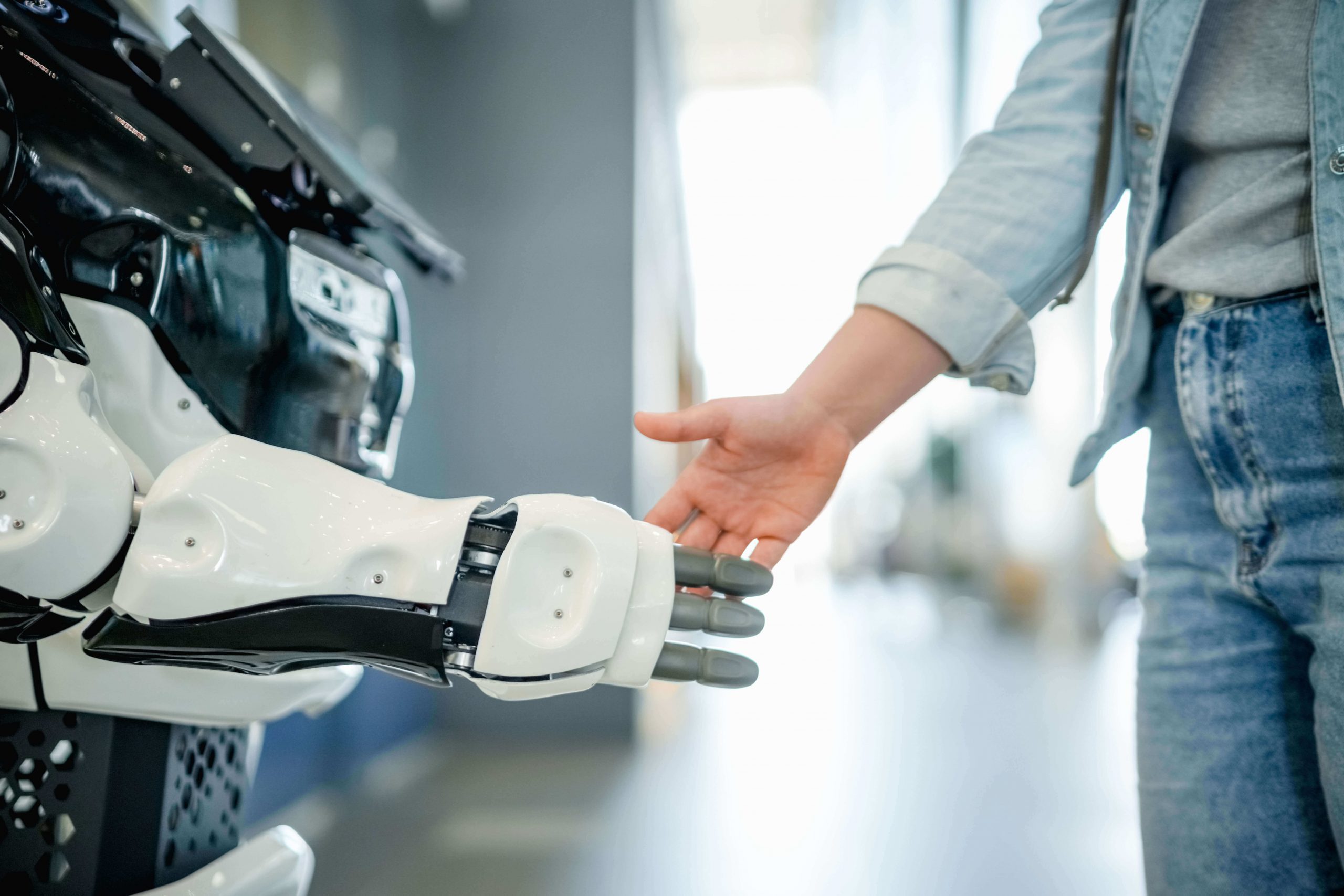
Understanding the Basics of Artificial Intelligence
In today’s rapidly advancing technological landscape, artificial intelligence (AI) has emerged as a transformative force. From self-driving cars to intelligent virtual assistants, AI is revolutionizing industries and reshaping our daily lives. This article provides a comprehensive overview of the basics of artificial intelligence, exploring its definition, goals, key components, and various subfields. By the end of this article, you’ll have a solid understanding of what AI is and its potential implications.
I. Defining Artificial Intelligence: Artificial intelligence refers to the development of intelligent machines that can simulate human-like intelligence and perform tasks that typically require human cognitive abilities. These tasks may include natural language processing, problem-solving, pattern recognition, decision-making, and learning from experience. AI systems aim to mimic human intelligence by processing vast amounts of data, recognizing patterns, and making informed decisions based on the available information.
II. Goals of Artificial Intelligence: The primary objectives of artificial intelligence can be broadly classified into two categories: narrow AI and general AI. Narrow AI focuses on developing systems that excel in specific domains or perform specific tasks, such as image recognition, language translation, or playing chess. General AI, on the other hand, aims to create machines that possess human-level intelligence across a wide range of tasks and can understand, learn, and adapt to various scenarios.
III. Key Components of Artificial Intelligence: Artificial intelligence systems consist of several key components, each playing a crucial role in their functionality. These components include:
- Machine Learning (ML): ML algorithms enable AI systems to learn from data and improve their performance over time without explicit programming. Supervised learning, unsupervised learning, and reinforcement learning are common approaches within ML.
- Deep Learning: Deep learning is a subset of machine learning that focuses on training neural networks with multiple layers to recognize patterns and make complex decisions. Deep learning has proven highly effective in image and speech recognition, natural language processing, and other domains.
- Natural Language Processing (NLP): NLP involves the interaction between computers and human language. It enables machines to understand, interpret, and generate human language, facilitating tasks such as sentiment analysis, chatbots, and language translation.
- Computer Vision: Computer vision empowers machines to interpret and understand visual information from images and videos. It plays a vital role in areas such as object recognition, image classification, and facial recognition.
IV. Subfields of Artificial Intelligence: Artificial intelligence encompasses several subfields that focus on specific aspects of AI research and development. Some prominent subfields include:
- Robotics: Robotics combines AI with mechanical engineering to create machines capable of performing physical tasks autonomously. Robots can range from industrial robots used in manufacturing to social robots designed for human interaction.
- Expert Systems: Expert systems utilize knowledge from human experts to provide solutions and make decisions in specialized domains. These systems leverage AI techniques to mimic human expertise and assist in complex problem-solving.
- Natural Language Generation (NLG): NLG involves the generation of human-like text or speech by AI systems. NLG has applications in content generation, report writing, and personalized communication.
- Neural Networks: Neural networks are computational models inspired by the structure and function of the human brain. They consist of interconnected nodes (neurons) that process and transmit information. Neural networks excel in tasks such as image recognition, speech synthesis, and predictive analytics.
Conclusion:
Artificial intelligence is a dynamic and rapidly evolving field that has the potential to revolutionize various industries and impact society at large. Understanding the basics of AI, including its definition, goals, key components, and subfields, is crucial for navigating the AI-driven future effectively.
